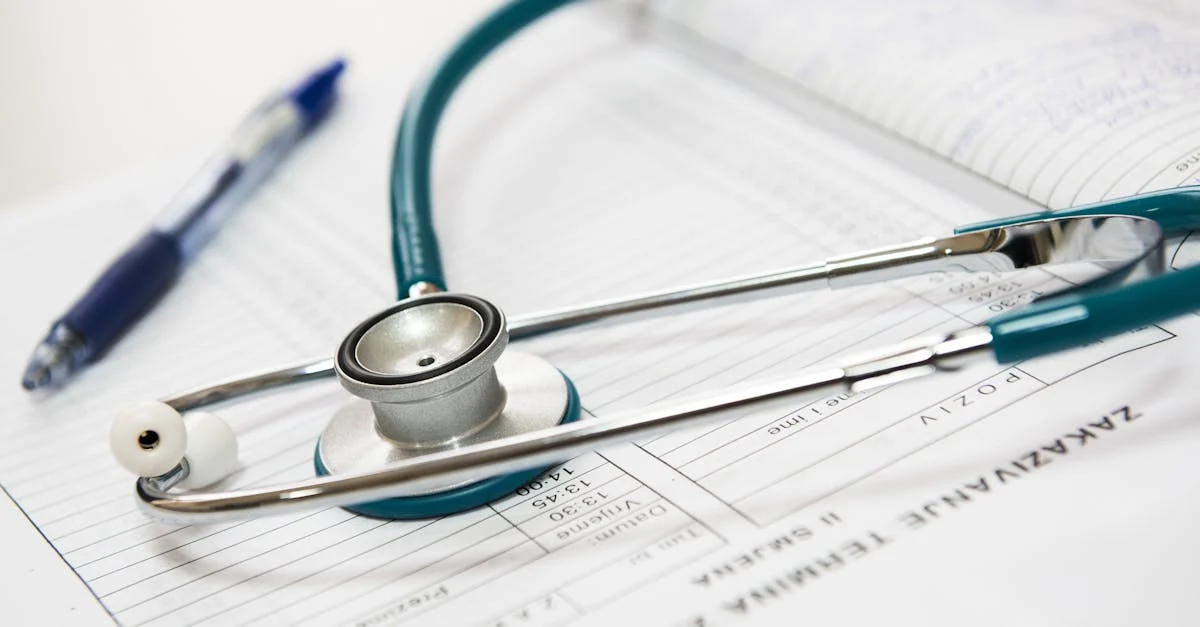Published on:
6 min read
Understanding Gynecomastia: Causes, Treatments, and Insights
Gynecomastia, or the enlargement of breast tissue in men, is a common condition that can affect self-esteem and overall well-being. This blog post explores the various causes, treatment options, and important insights related to gynecomastia.

What is Gynecomastia?
Gynecomastia is a medical condition characterized by the enlargement of breast tissue in males. It often arises from an imbalance between testosterone and estrogen levels in the body. This condition can occur at various life stages—infancy, puberty, or adulthood—and is often benign. Some common signs include swollen breast tissue, tenderness, and an overall increase in breast size. While gynecomastia can affect anyone, it may lead to feelings of embarrassment and anxiety due to its impact on self-image. Understanding the condition is crucial for seeking appropriate treatment and managing related emotional effects.
Causes of Gynecomastia
There are numerous factors that can contribute to the development of gynecomastia. Hormonal imbalance is one of the most significant, often resulting from puberty, aging, or underlying health issues such as hormone-producing tumors or hyperthyroidism. Certain medications, including anabolic steroids, anti-androgens, and some heart medications, can also trigger gynecomastia. Lifestyle factors, like excessive alcohol consumption, marijuana use, or obesity, can contribute to hormonal changes within the body. By identifying the underlying causes, individuals can take steps to address the condition effectively.
Treatment Options for Gynecomastia
Treatment for gynecomastia varies based on the severity and underlying cause. In many cases, no treatment is necessary as the condition may resolve on its own, particularly in teenagers. However, if gynecomastia persists, medications can help rebalance hormones or reduce breast tissue. In more severe cases, surgical interventions such as liposuction or mastectomy may be required to remove excess tissue. Counseling may also be beneficial for individuals struggling with self-esteem and body image issues associated with gynecomastia. Early consultation with a healthcare provider is key to determining the best course of action.
Conclusion
Understanding gynecomastia is vital for addressing its physical and emotional impacts effectively. By identifying its causes and exploring various treatment options, individuals can work towards improved health and well-being. If you or someone you know is experiencing symptoms of gynecomastia, don't hesitate to seek advice from a healthcare professional. Awareness and proactive management can help in maintaining both physical and psychological health.
Published on .
Share now!










